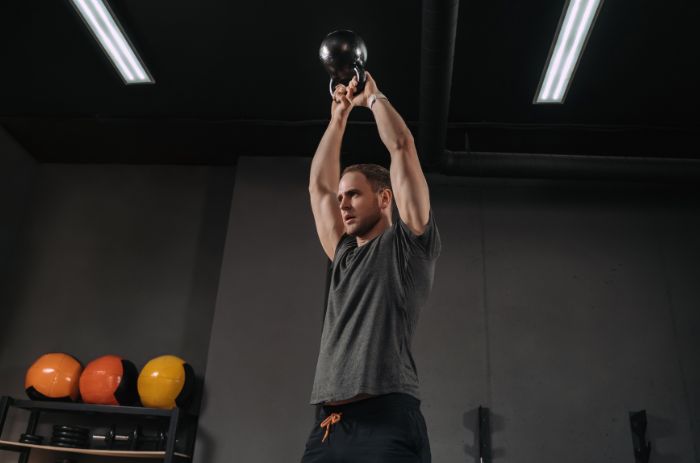
The textile industry has long been a cornerstone of human civilization, providing essential materials for clothing, shelter, and daily life. However, as consumer demands evolve and technology advances, traditional textiles are no longer sufficient to meet the complex needs of modern society. Enter functional textiles — a revolutionary category of fabrics designed to offer more than just basic utility.
From moisture-wicking sportswear to antibacterial medical garments, functional textiles are reshaping industries and redefining how we think about fabric. This article explores the rise of functional textiles, their unique characteristics, and their impact on various sectors.
What is a Functional Textile?
Functional textiles are a revolutionary category of fabrics designed to go beyond the traditional purpose of providing comfort and aesthetics. Unlike conventional textiles, functional textiles incorporate specialized properties and features that enhance their performance and adaptability to specific needs.
These textiles are engineered to exhibit attributes such as moisture-wicking, waterproofing, UV protection, antibacterial effects, and even thermal regulation. By integrating advanced materials and cutting-edge technologies, functional textiles deliver solutions for a wide range of industries, from sportswear and medical applications to smart wearables and sustainable fashion.
Key Innovations in Functional Textiles

Functional textiles have undergone significant advancements in recent years, driven by cutting-edge technology and innovative materials. Here are some of the most notable breakthroughs:
1.Smart Textiles:
Smart textiles represent the next frontier in fabric technology, integrating sensors and electronic components directly into the fabric. These textiles can monitor vital signs, adjust to environmental conditions, and even interact with digital devices, making them ideal for healthcare, sports, and wearable technology industries.
2.Graphene Fibers and Far Infrared Yarns:
Materials like graphene and far infrared yarns have revolutionized functional textiles by providing unique properties. Graphene fibers are lightweight, durable, and highly conductive, making them perfect for high-performance sportswear and electronics. Far infrared yarns, on the other hand, can absorb and emit infrared energy, enhancing circulation and retaining body heat, which is especially valuable for winter apparel and therapeutic uses.
3.Eco-Friendly and Recycled Yarns:
Sustainability is a growing focus in the textile industry. Recycled fibers, biodegradable materials, and low-impact manufacturing processes are becoming the norm. Innovations such as converting plastic waste into high-quality yarns or using plant-based fibers for textiles demonstrate the industry’s commitment to reducing environmental impact.
Are recycled fabrics safe? The Key to Reducing Carbon Footprints and Protecting the Planet
The Eco-Friendly Comfort of Bamboo Fiber and Cooling Fabrics
4.Advanced Coatings and Treatments:
Modern coatings and treatments have expanded the functionality of textiles. For example, water-repellent, anti-microbial, and UV-protective finishes are now standard in many garments, ensuring durability and protection in various conditions. Self-cleaning fabrics, which use nanotechnology to repel dirt and bacteria, are also gaining traction.
These innovations are reshaping the textile landscape, offering unparalleled performance and aligning with consumer demands for smarter, more sustainable products. As technology continues to evolve, functional textiles are set to become even more versatile and impactful.
Applications of Functional Textiles

Functional textiles are transforming various industries with their diverse applications. Here are some key areas where these advanced fabrics are making a significant impact:
1.Sports and Fitness:
Functional textiles are widely used in athletic wear due to their moisture-wicking, quick-drying, and odor-resistant properties. For instance, fabrics embedded with antimicrobial agents help maintain hygiene during intense physical activity.
2.Healthcare and Medical:
In the medical field, functional textiles provide critical solutions such as antibacterial fabrics for wound care, antiviral textiles for personal protective equipment (PPE), and moisture-regulating materials for patient comfort.
3.Fashion and Everyday Wear:
Smart textiles with embedded sensors are being used to create interactive clothing that monitors vital signs or adjusts to body temperature. Additionally, UV-resistant and stain-repellent fabrics are becoming popular in everyday garments.
4.Home and Building:
Functional textiles are also gaining traction in home furnishings and construction. Examples include flame-retardant curtains, thermal-insulating upholstery, and durable fabrics for outdoor use that resist water and UV damage.
By offering enhanced functionality tailored to specific needs, these textiles are elevating the standards of performance and comfort across industries.
Conclusion on Functional Textiles
Functional textiles are revolutionizing the industry by blending traditional materials with modern technology to enhance comfort, performance, and sustainability. With growing demand for versatile and eco-friendly fabrics, their development will continue to drive innovation, shaping a more sustainable and advanced future across industries.
FAQs for Functional Textiles
1.What are the functions of textiles?
Textiles serve various functions, including:
- Protection: Shielding against weather, UV rays, chemicals, or physical damage.
- Comfort: Providing softness, breathability, and moisture control.
- Insulation: Regulating temperature in hot or cold environments.
- Durability: Enhancing strength for industrial uses like ropes and sails.
- Aesthetic Appeal: Adding style and decoration in fashion and interiors.
- Specialized Uses: Supporting medical, technical, and industrial applications (e.g., smart textiles, fireproof fabrics).
- Sustainability: Promoting eco-friendly and recyclable materials for environmental benefits.
2.What is an example of functional design in textiles?
An example of functional design in textiles is moisture-wicking fabrics used in athletic wear. These textiles are designed to pull sweat away from the skin and allow it to evaporate quickly, keeping the wearer dry and comfortable during physical activity. They combine advanced material technology with user-centered design to enhance performance and practicality.


